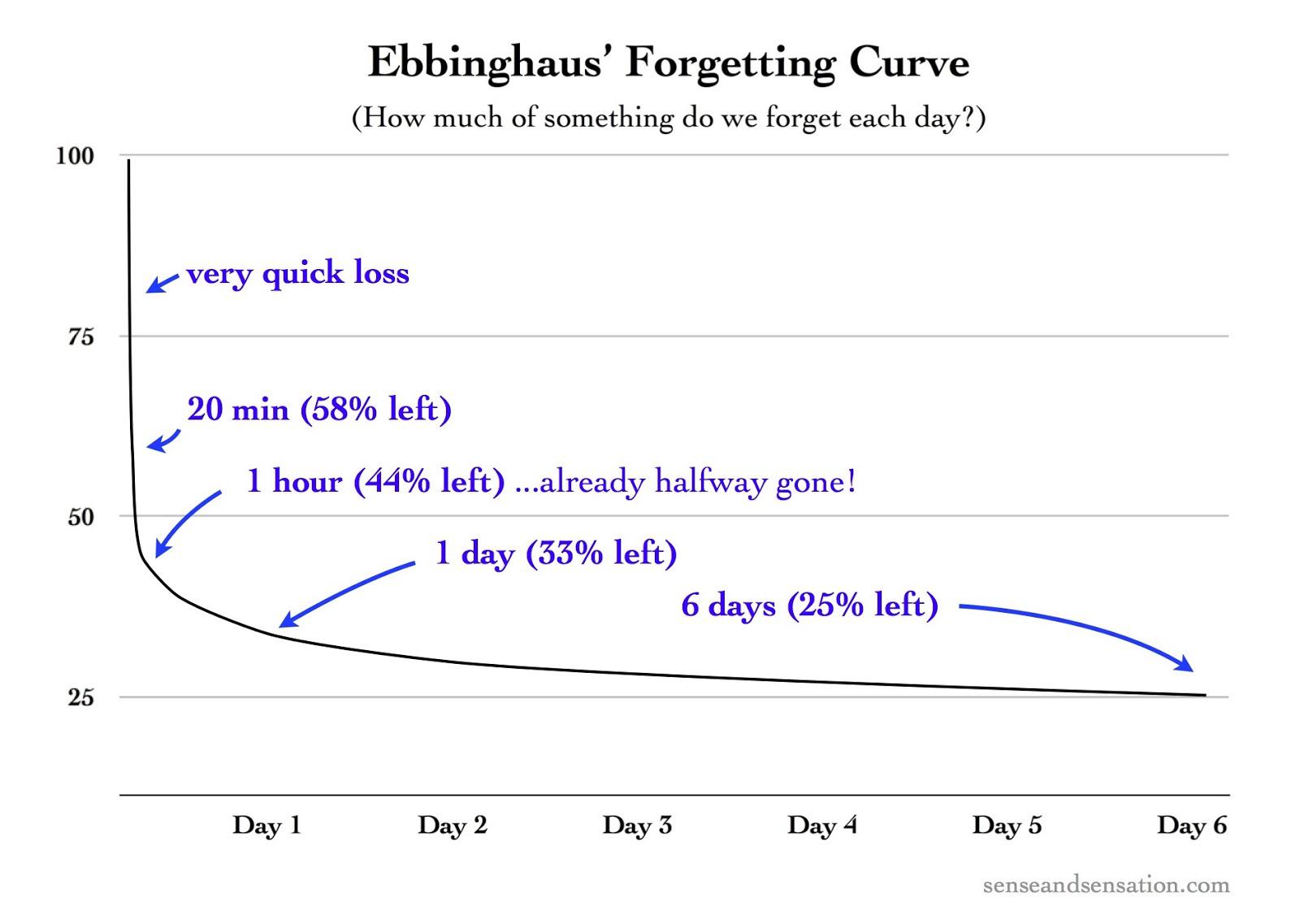- Recognize important factors to consider when creating business presentations
- Recognize tools that can make your presentation more engaging for the audience
Presenting with Multimedia
Presentation software allows you to take an oral presentation to the next level—engaging your audience verbally and visually as well as aurally. What’s particularly powerful about using presentation software and other visual aids is the ability to use imagery to bridge cultural and language gaps and arrive at a shared understanding. Incorporating compelling visuals alongside your spoken narrative, will enhance comprehension, capture attention, and create a more inclusive and immersive presentation experience for your audience.
Choosing Words Carefully
It’s vital to recognize that words carry both a denotative (literal) meaning and a connotative (subjective) meaning, influenced by cultural backgrounds and experiences. Connotative meaning can carry emotional or judgmental associations, particularly among audience members from diverse backgrounds. Skilled presenters are sensitive to these nuances and steer clear of language or references that could be misunderstood or carry unintended emotional weight, especially for non-native speakers or individuals from different subcultures. To ensure effective communication, seek feedback from peers or colleagues with similar socio-cultural profiles to your audience, paying particular attention to the underlying meanings of both words and images to align your intended message with its interpretation.
Advantages of Using Multimedia
Using multimedia—images, photos, video, and animation—that supports your point also provides repetition and can increase retention. A memory research pioneer, German psychologist Hermann Ebbinghaus, found that we forget approximately 50 percent of new information within 18 minutes, with retention falling to 35 percent after a week.
However, Ebbinghaus also discovered that repetition of the new information at key intervals can change this trajectory, a discovery known as the spacing effect. Specifically, repeating the information at 10–20 minute, 24-hour, and 7-day intervals countered the initial memory loss and reduced the subsequent rate of memory loss. The lesson for presenters is to include repetition in your presentation.
